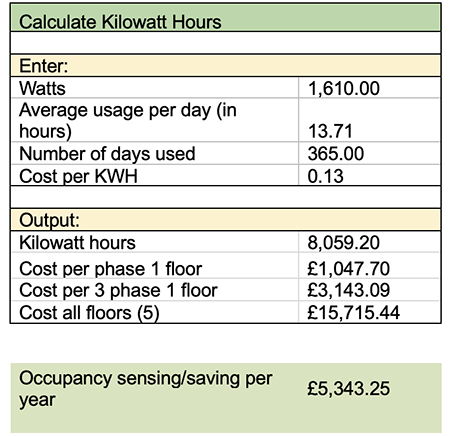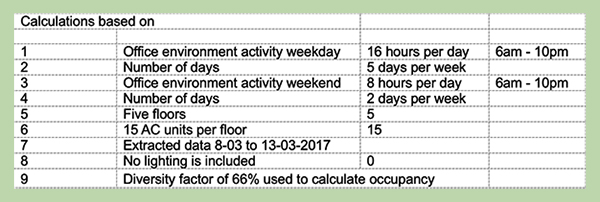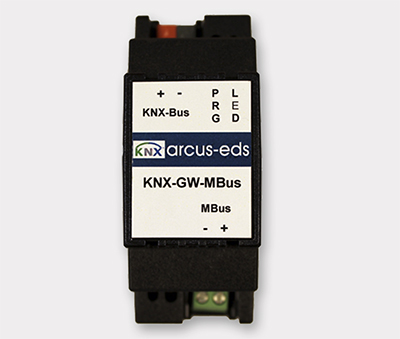
It’s easy to claim that KNX can help save on energy costs, but Simon Buddle argues that we must be able to back this up with hard data and show a good return on the investment.
I was about to ask how you had enjoyed your summer. If it’s anything like the one that I’m experiencing, then the word ‘damp’ may well spring to mind. Looking out of the window today, I absolutely know that it’s raining. In fact it has been raining all day, all week, and almost all last month. It’s easy to pick on weather apps as useless; the ones I follow have predicted sun, rain, clouds and wind every day for the last six weeks. They have been hedging their bets for sure. The difference between what I know and see out of the window versus what they predict can vary enormously. But then, hindsight is a wonderful thing.

Whatever we feel about the UK weather today, there is no doubt that we are in the grip of a climate crisis. The UK is drenched, whilst wildfires rage across southern Europe. Air-conditioning has been turned on and stayed on 24 hours per day. In some instances, this has caused the electricity grid to shut down due to overloading.
KNX isn’t going to solve global warming on its own, but it can help by enabling homeowners to save energy and money. My guess is that, at some point, we’ve all said that to a customer. It’s easy to say, but less easy to prove.
Knowledge is power
The first step is to be able to read and record the relevant information. For example, the green bars on the graph in Figure 1 show energy consumption for a communal heating system that was using a huge amount of electricity due to the immersion heaters being on 24 hours per day.

We measured this over three weeks and reported back to the landlord. Peak consumption came in at a shocking 26.8 amps – hugely expensive. As a result, we were able to convince the landlord to go with a KNX solution to control the heating and central BMS equipment. In fact it grew into centralised billing information for the landlord as shown in Figures 2 and 3.


Another simple application of this was when we logged the air-conditioning (AC) energy consumption for a five-storey office block. We subsequently calculated the cost savings if they added occupancy sensing to the offices. In this instance, the return on investment (ROI) was less than three years, and the AC use was reduced by almost a third across all floors.


Data logging
Without KNX in place, it is tricky to record the relevant data, but once you have a system installed, life becomes easy. Products such as the arcus-eds M-Bus Gateway can read real-time digital information from meters; great for landlord billing purposes. Jung, ABB, and Zennio all have devices that can read power consumption, and in turn, this can be passed on to any number of logging devices such as the Gira HomeServer or Comfort Click Jigsaw to name just two of many.

Indeed, data logging can also be useful to prove room temperature versus heat demand. Or you can show pump or boiler operation. The possibilities are limitless, and crucially, you can prove beyond doubt that products or control strategies are doing what they should be doing; what they were designed to do.
Conclusion
It’s easy to think that weather apps are fair game, but in truth, if we don’t have empirical data to show our customers, we are doing precisely what they do – an educated guess at best based upon the latest information to hand.
Knowledge is power, and with it, you can truthfully demonstrate why KNX makes perfect sense to install. And once you have the proverbial KNX foot in the door, the answer to nearly all of the homeowners’ questions is ‘Yes’. Yes, it can control lights, blinds, irrigation, hot water, heating, cooling and more, and so yes, it can save you money.
There are few things more rewarding than staking a claim that a control system will save money and then proving it. I told you so!
Simon Buddle CEng MIET, is a consultant for Future Ready Homes, a specialist in BMS and ELV services system design.













